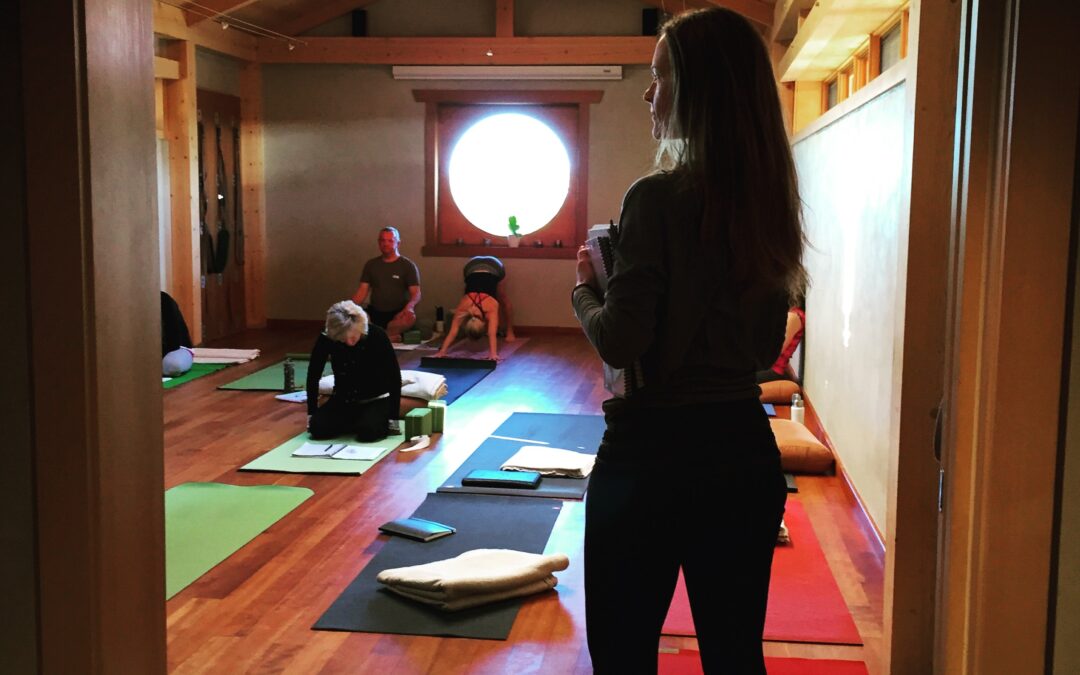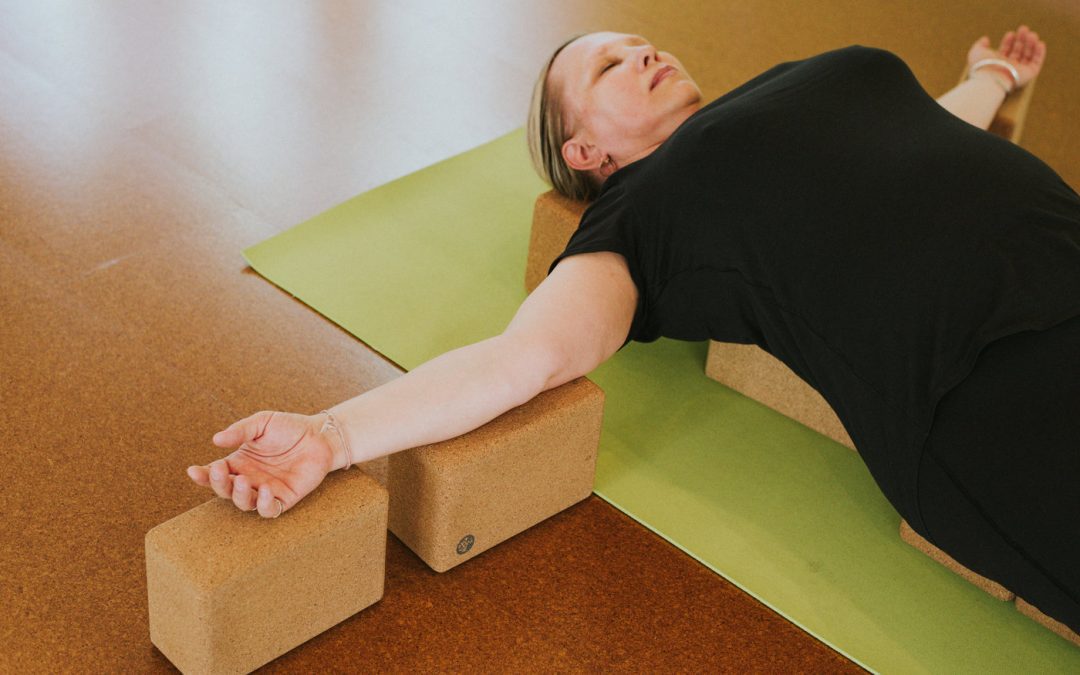Vata dosha is the mind-body constitution composed of the air and space elements. These elements give Vata individuals qualities such as lightness, movement, and creativity. People with a dominant Vata dosha are energetic, talkative, and always seeking new experiences. Known for their optimism and curiosity, Vatas are natural idea generators.







